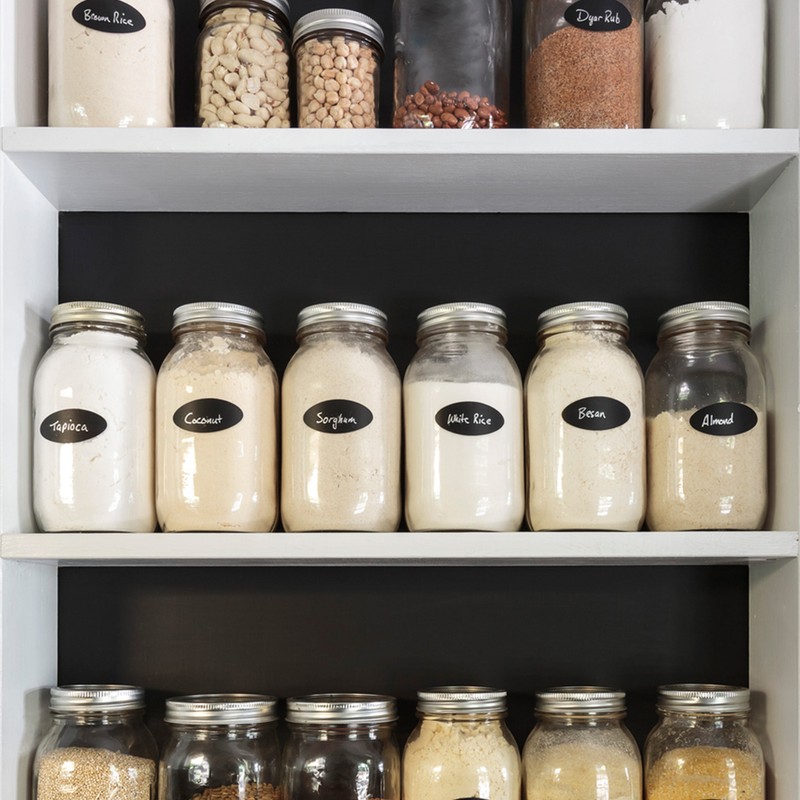What A Nutritionist Keeps In Her Kitchen Cupboard
You can’t go wrong with extra virgin olive oil. As a source of heart-healthy monounsaturated fats and antioxidants, it packs a plethora of nutritional benefits. I drizzle it over roasted vegetables and add to salad dressings. One antioxidant in extra virgin olive oil – oleocanthal – is thought to improve brain health and studies suggest it can alter the structure of toxic proteins in the brain that contribute to Alzheimer’s. Buy the best you can afford – I rate Odysea.
Coconut oil is great for cooking. It has a high smoke point which suits Asian-style dishes and stir fries. It also contains a medium-chain saturated fat called lauric acid, which has antimicrobial, antifungal and antiviral properties. The Groovy Food Company does a great coconut oil.
Apple cider vinegar can help digestion. Every morning before breakfast, I have a tablespoon of apple cider vinegar in water, which wakes up digestive juices and stimulates the production of stomach acid. It also works well in salad dressings. I buy Willy’s every month, and love Belazu’s balsamic vinegar for summery salads.
Look for low-sugar condiments. A brand I rate for healthy condiments is Dr Will’s. Its ketchup is a great alternative to popular brands – it’s naturally sweetened with just three-and-a-half dates, which is a great replacement for the 19 sugar cubes you tend to find in market-leading brands. Dr Will’s also does a delicious miso tahini dressing. When looking for condiments, look out for added sugars. This may appear as ‘sugar’ on the label but may also be anything that ends with ‘-ose’, such as sucrose, dextrose or maltose.
Miso paste is full of probiotics. It’s a fantastic way to get live bacteria into your diet. Miso works well in Asian soups, broths or as a glaze in dressings. I also like to spread it onto the inside of aubergines before I roast them in the oven. If you’re a fan of Asian flavours, peanut butter, buckwheat noodles and tamari are also essential. Peanut butter is high in protein and can be added to stir fries, while buckwheat noodles are a simple way to get more variety in the diet if you usually buy rice noodles.
Himalayan salt is your best bet. It packs a punch thanks to its mineral content – it contains potassium, magnesium and calcium. Sea salt is also a great option, especially sea salt flakes or crystals.
Herbs and spices are the simple way to eat more plants. It’s not just fruits and vegetables that count towards your weekly goal of 30 plant foods – herbs and spices do too. The more plants we eat, the more diverse our gut microbiome will be, which is a key marker of optimum health. I love using fresh coriander, which is rich in vitamins C and K – it works well in a variety of dishes, from baked eggs to stir fries and curries. Ginger and turmeric, meanwhile, work well in curries and dhals, and will increase the anti-inflammatory content of a meal. Plus, studies have shown that some dried herbs and spices contain more antioxidants than their fresh counterparts. Cumin, fennel, coriander, cinnamon and turmeric are my go-tos.
Coconut sugar is less refined than traditional sugar. It’s also slightly lower than table sugar on the glycaemic index (a scoring system that shows how quickly carbohydrate-containing foods spike blood sugar when eaten on their own) which means it’s also better for hormone control. Dates are another good sugar substitute which are also high in fibre, meaning they’ll digest more slowly than other forms of sugar – you’ll always find them in my cupboard.
I love nut-based flours. Not only are they naturally gluten free, they’re a clever way to reduce refined carbohydrate content and increase heart-healthy fat content. Look to brands like Infinity Foods, Amisa and Doves Farm.
I keep a variety of grains in jars. I love to mix it up when it comes to the grains I eat. It’s very easy to get in a rut with grains – especially when it comes to rice, wheat and corn – but there are so many nutrient-rich sources out there. I regularly cook with buckwheat, quinoa, wild rice, teff and brown rice.
Stock up on a variety of tins. Tinned foods are excellent when you are time poor and need to create a meal in minimal time. Chopped tomatoes can be added to a soup or ratatouille; chickpeas add protein and fibre; lentils are rich in protein and pair well in stews and dhals; and tinned mackerel is an incredible source of omega-3 fatty acids. If you can, choose tins that are free from BPAs to minimise exposure to chemicals. A black bean or lentil chilli made with tinned mackerel and tomatoes is a great supper option.
Upgrade your breakfast options. You can’t beat a bowl of porridge in the colder months, especially topped with cinnamon powder. Bakery on Main is my go-to brand for rolled oats, and I’ll always stir through a generous tablespoon of Pip & Nut peanut butter. When it comes to cereals, Spoon does a fantastic Happy Gut granola, which packs a variety of wholegrains and seeds to feed gut bacteria.
Activated nuts and seeds are richer in nutrients. Activated nuts have been soaked and then ‘activated’ (i.e. dehydrated) to remove phytates, compounds in plants that can hinder our ability to absorb their nutrients, so they are arguably more nutrient dense than their unsoaked counterparts. 2Die4 is a good brand to know, and I also buy nuts and seeds from Infinity Foods, and alternate between Pip & Nut and Meridian nut butters.
A green superfood powder is a useful smoothie addition. I don’t rely on superfood powders, but they can be handy on days when you’re busy and need a hit of nutrition. Naturya’s green Superblend powder contains hemp protein, barleygrass, wheatgrass, spirulina and chlorella. Protein powder is also a useful addition – I rate SunWarrior’s vanilla vegan protein powder.
Keep your freezer well stocked too. Bags of pre-chopped vegetables and frozen fruit are great to keep on hand. Frozen edamame beans are particularly versatile as they are rich in protein. If you’re low on fresh food in the fridge and your cupboards are well stocked, you can easily make a tofu buckwheat noodle stir-fry using frozen spinach, frozen edamame, miso paste, peanut butter and tamari. Similarly, baked oats using cinnamon powder, banana (from the freezer) and a drizzle of honey makes a nutrient-rich breakfast.
For more inspo, visit LaurenWindas.com & follow @LaurenWindasNutritionist. Lauren is also the co-founder of ARDERE.
Shop Our Product Edit...
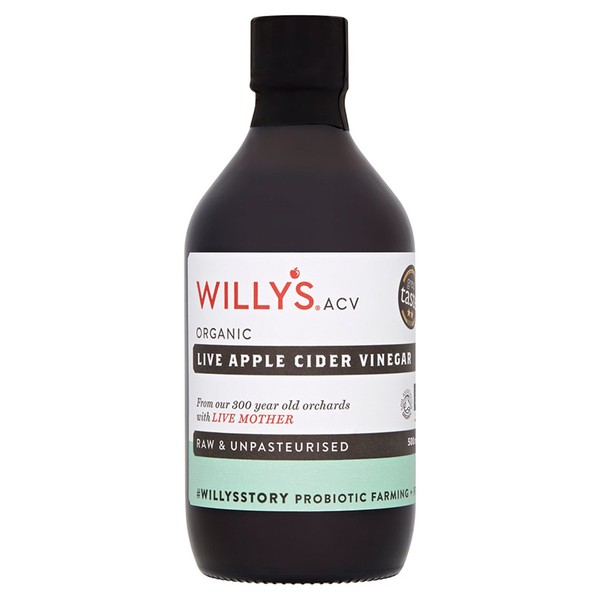
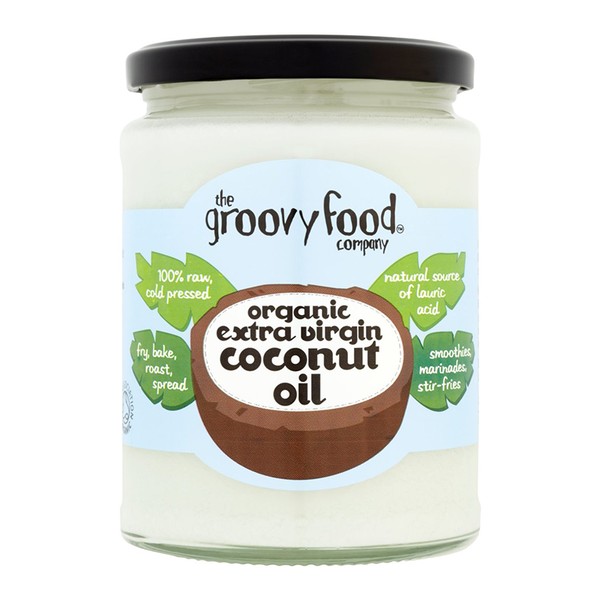
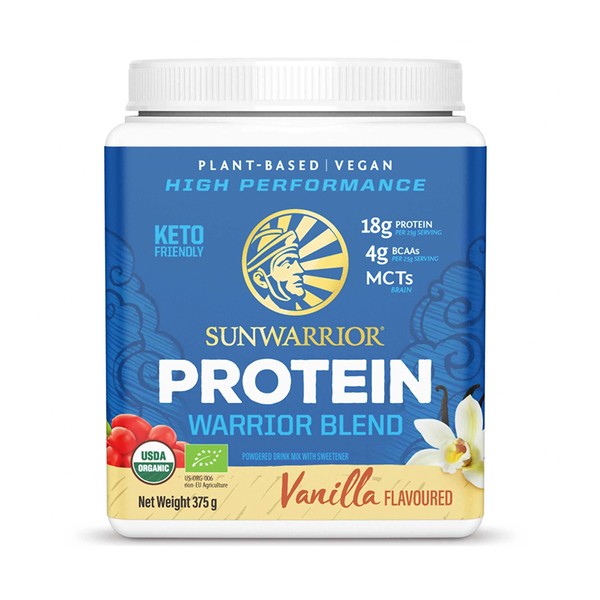
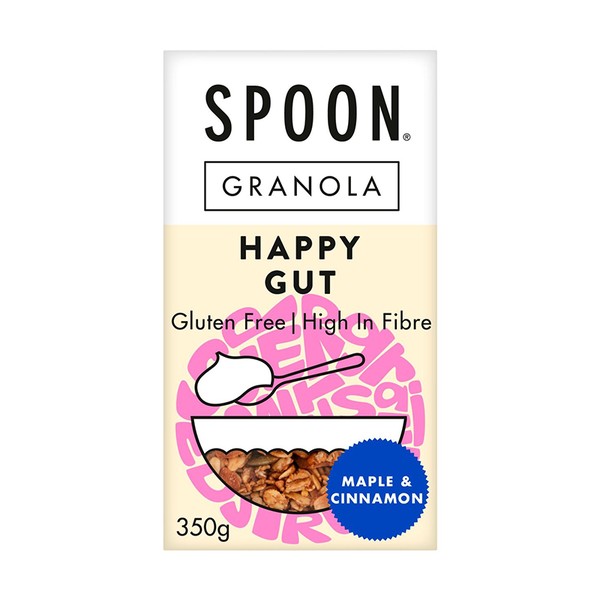
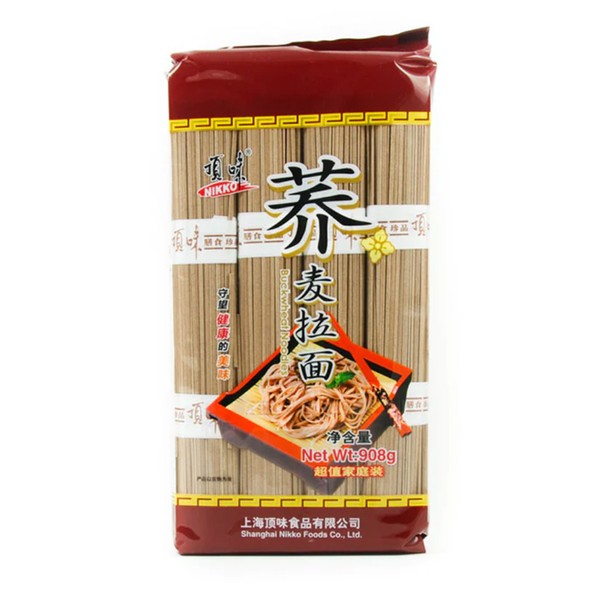
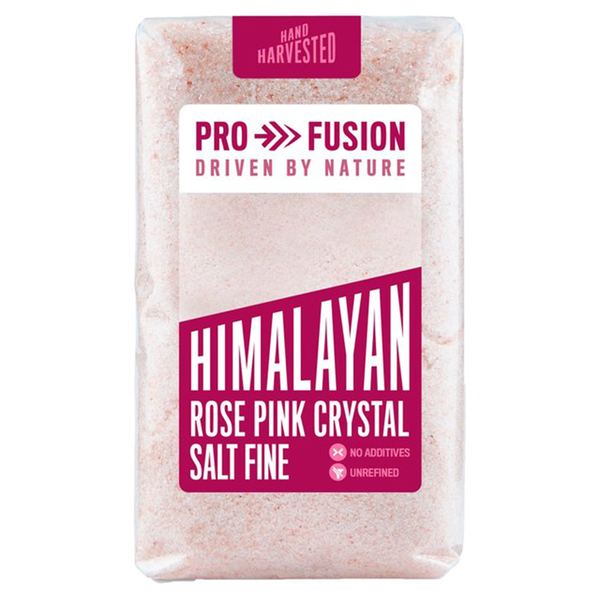
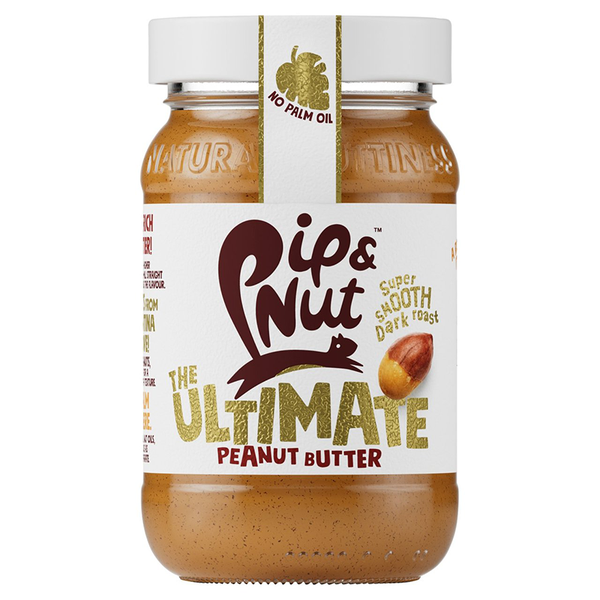
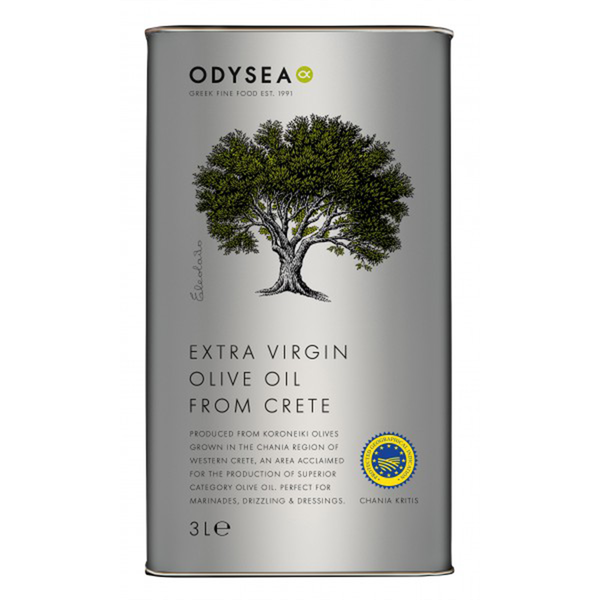
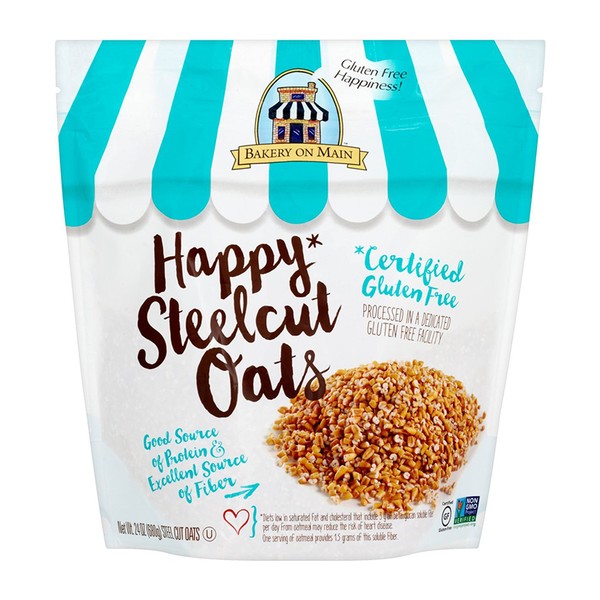

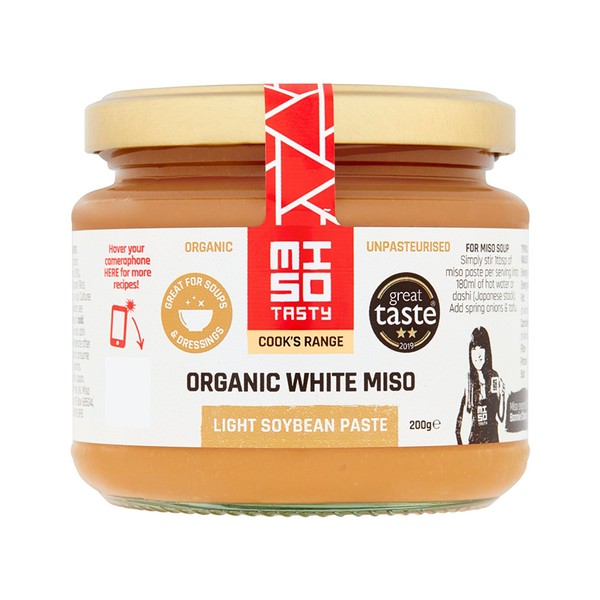
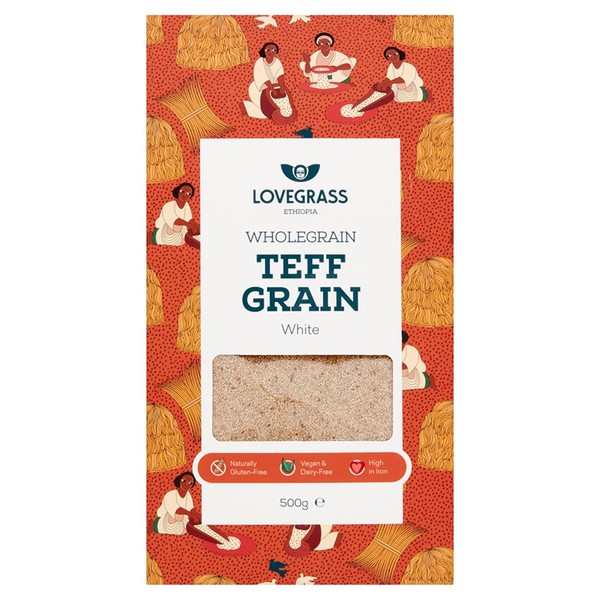
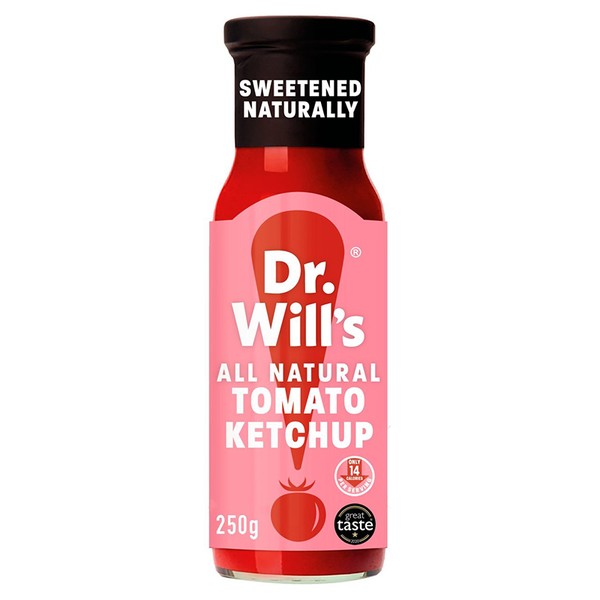
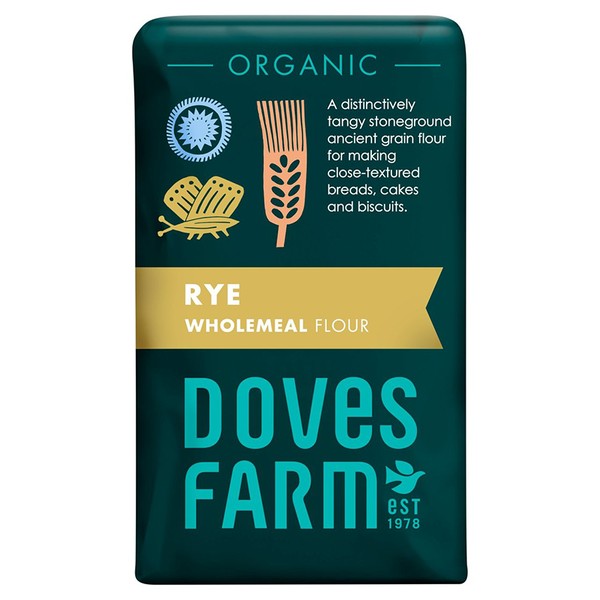
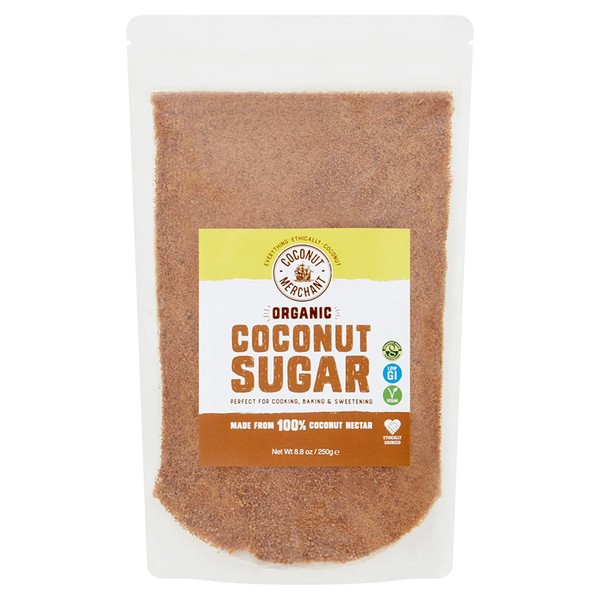
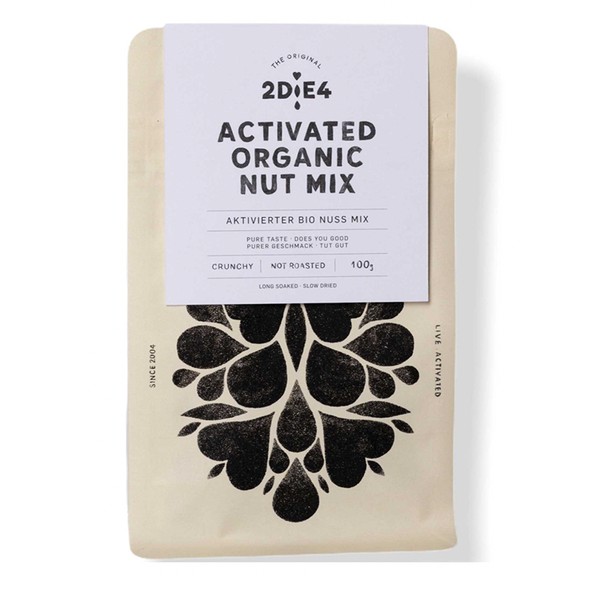
DISCLAIMER: Features published by SheerLuxe are not intended to treat, diagnose, cure or prevent any disease. Always seek the advice of your GP or another qualified healthcare provider for any questions you have regarding a medical condition, and before undertaking any diet, exercise or other health-related programme.
DISCLAIMER: We endeavour to always credit the correct original source of every image we use. If you think a credit may be incorrect, please contact us at info@sheerluxe.com.
